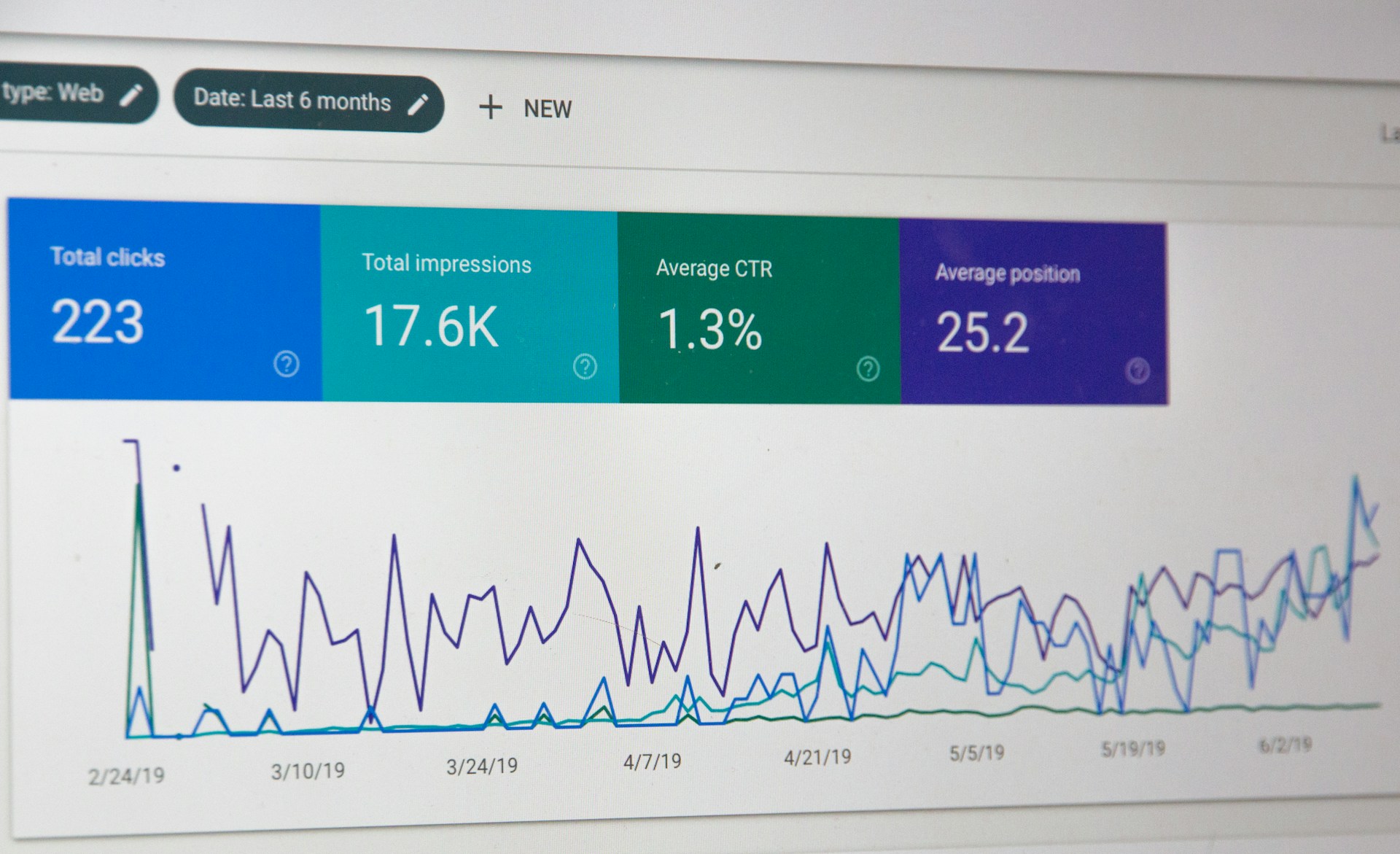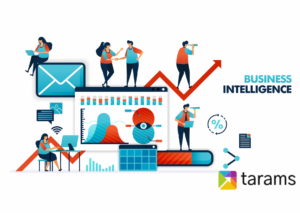2019 has seen an advent of technologies and practices that were not of great importance or significance in the recent past. Talking on these lines, it is common practice for a large number of organizations to invest in Big Data Analytics in order to improve their operational efficiency. These analytics make way for improving revenue streams and provides the business a competitive edge over their rivals.
In order to pick the right Big Data Analytics applications best suited for its requirements, a business has many options at its disposal. A very commonly used choice among them is Descriptive Analytics which is primarily a way to visualize the historical data by means of querying. A more complex alternative to descriptive analytics is Predictive and Prescriptive modeling which is oriented towards the future. This essentially means to make decisions by anticipating business opportunities in advance. It is intended to make way for higher profits in targeted marketing campaigns and helps in customer retention. It can also help prevent eventualities such as equipment failure and such
Predictive analytics reveal patterns that indicate future situations based upon historical data sets while Prescriptive analytics work along with predictive analytics and stipulates the actions that will be most advantageous as per the scenarios predicted.
Using Big Data Analytics tools, analysis of massive amounts of data derived from varied source is made simpler and can be used for predictive and prescriptive analytics. These tools are essentially software products that render support for applications for predictive and prescriptive analytics, which run on Big Data computing platforms. They can be used for processing systems that run in parallel on servers, distributed storage which is scalable and technologies like NoSQL databases and Hadoop. They enable users to analyze large amounts of data, sometimes on a real-time window.
Alternately, Big Data analytical tools offer a framework for techniques of data mining. These techniques analyze data and bring certain patterns to fore. Correspondingly, a few analytical models can be created which may be used as a response to the identified patterns. As the models become a part of operations, business efficiency is enhanced.
As an example; A significant amount of shipping delivery data which pertains to traffic, weather, and vendor performance in the past can help make a model which enables selection of best-suited shipping contractors in a certain place. This helps minimize chances of delayed delivery or the goods coming across damage along the way.
Big Data Analytics tools can be used across different kinds of data types. This can include structured data which is stored within fields that are consistent and transactional data which is stored within relational databases. These tools can also use semi-structured data like mobile application web server log files or unstructured data like documents, text files, text messages, emails and posts on social media.
Talking about Big Data tools; some of the functionalities that must be included before a business makes the right choice are:
- Analyst algorithms and models used should be current.
- The tools must easily run over Hadoop, which is a Big Data platform. Similarly, they must operate over high-performance analytics systems.
- The tools must be adaptable and versatile. This would enable them to avail structured and unstructured data alike from many sources.
- The tools should be scalable and must be in a position to analyze even more data as it is fed within the system.
- Integration with data visualization and presentation tools must be simple for the analyst to accomplish.
- The tools should enable easy integration with other technologies.
The tools must also have methods and algorithms necessary for supporting a characteristic suite of data mining techniques. This must include:
- Methodologies for clustering and segmentation, which divides a huge selection of entities into smaller groups, based on characteristics or similarities which may not be initially anticipated. This can help create resources for targeted marketing.
- The tools must also ease classification, or division of data into classes that are predefined. These attributes may either be pre-selected or defined based upon the results of the clustering model.
- Regression analysis brings to fore the relationship between dependent variables, and a single or multiple independent variables. They help determine the ways in which the value of the dependent variable is dynamic, with respect to the independent variables. As an example, a prediction of the future value of a property can be made, using information such as its location, average temperature in summers, square footage and mean incomes.
- Item set mining and the association may be used for the purpose of finding relevant relationships among variables as per statistics whenanalyzinga large data set. The relationships may be used by call center agents to offer schemes based upon caller’s segmentation, or upon the time period for which he has been associated with the organization, or on the nature of the complaint.
- Similarity and correlation – The algorithms that score similar can be used to determine similarity among entities in a cluster.
Additionally, vendors also provide some algorithms which support each of these methods. Let us now take a short overview of Advanced Analytics Tools market.
Evolution of tools for advanced analytics markets has come a long way. Capability and ease of use of the tools are variable.
A few of the tools offered by well-placed vendors such as Oracle, IBM, and SAS have a history associated with them. Similarly, tools provided by Microsoft, Dell and Sap are relatively recent. Apart from them, a few of the top companies who offer products for Big Data Analytics are Alpine Data Labs, Predixion and Angoss.
Tarams has a strong Data Engineering and Analytics practice specializing in building enterprise data warehouses and data lakes starting from the ground up, both On-premise and Cloud.
Our engineers have extensive experience in building comprehensive analytics solution using various ETL & BI tools (like Pentaho, Tableau, Oracle), big data platforms and frameworks (like Kafka, Spark, HDFS), cloud services (like Snowflake, Redshift), web & mobile analytics (like Amplitude, Pyze) and business system integrations (like Salesforce, Zendesk).
Data Analytics Team
Tarams Software Technologies Pvt Ltd.




